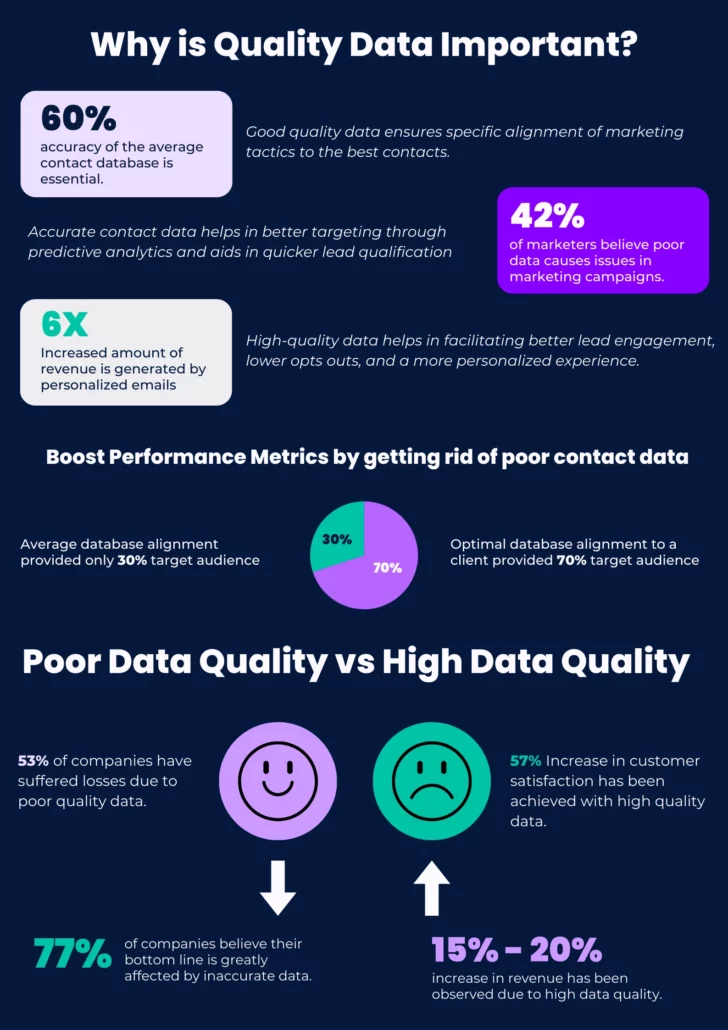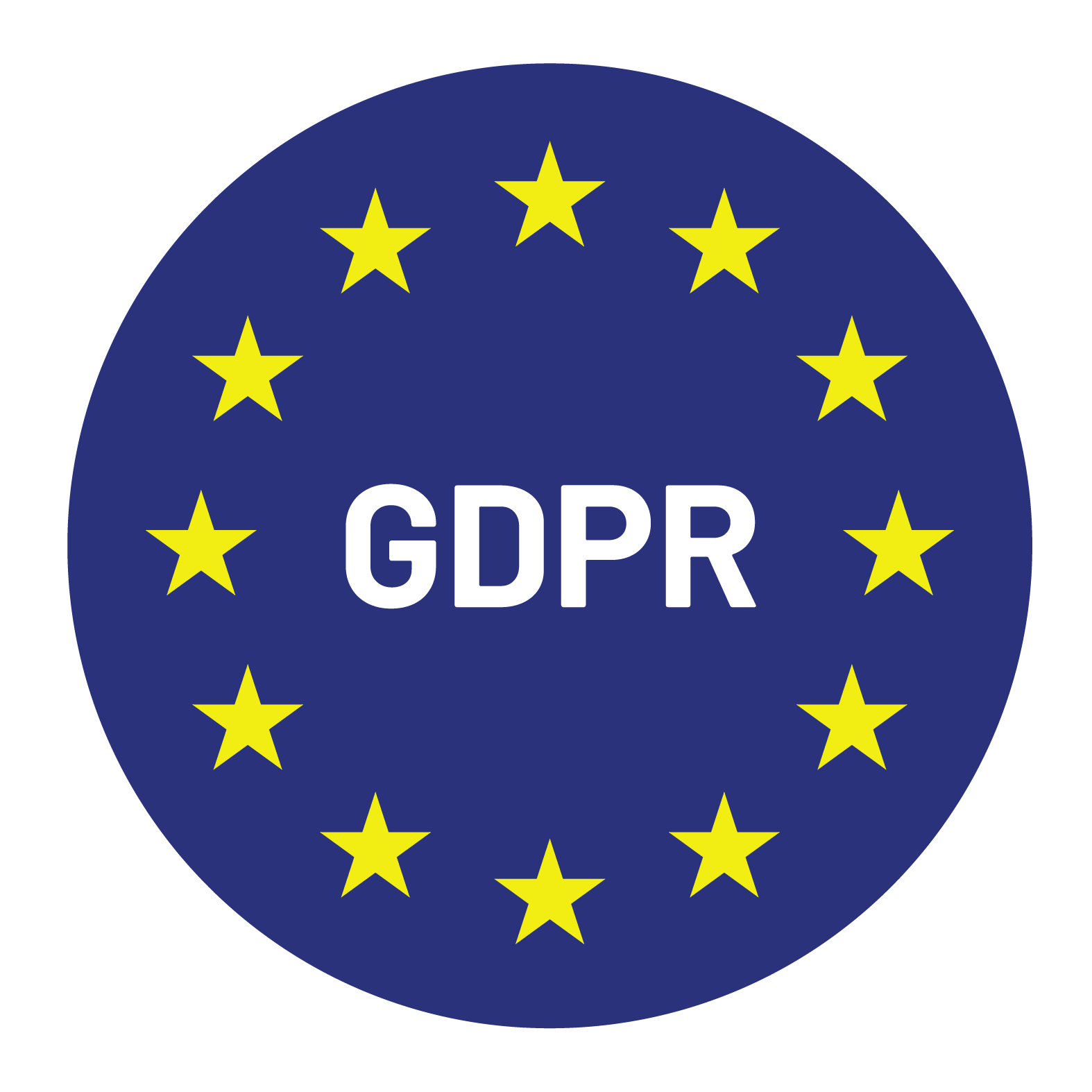

Content Writer for Whistle with multidisciplinary experience spanning over a decade.
Every company wants a high-performing sales team where SDRs book quality meetings, leads move through the pipeline efficiently, and deals close without unnecessary friction. But, when SDRs struggle, the problem usually runs deeper than individual performance and here is how you can turn SDR feedback into strategic insights.
Sales development representatives (SDRs) are not just executing outreach. They are the frontline intelligence of your go-to-market strategy. They interact with potential customers before anyone else, encountering objections, hesitations, and pain points that determine whether deals progress or stall. Too often, their frustrations are written off as part of the job instead of being recognized as early warning signs of broader inefficiencies.
Overlooking SDR challenges weakens pipeline predictability, slows down revenue growth, and signals deeper misalignment between sales and marketing. The question isn’t whether SDR struggles matter. It is whether you are paying attention soon enough to fix them.
The biggest mistake companies make with SDRs is assuming that their feedback is merely personal frustration rather than strategic insight. Sales leaders may think, “Every SDR complains—why should we take it seriously?” But when the same frustrations surface across multiple team members, they often point to systemic issues that need fixing.
A company that listens to its SDRs gains a critical edge. Here’s why:
Companies that overlook SDR feedback often deal with avoidable issues like low conversion rates, high churn, and misalignment between teams. The best organizations, on the other hand, actively listen to their SDRs and use that intelligence to sharpen their go-to-market strategy.
SDRs don’t complain just for the sake of it. When they struggle, there’s always a reason—and it’s usually not just about them. Let’s break down some of the most common SDR frustrations and what they actually signal about your company’s operations.
When SDRs say they don’t have enough leads, it’s tempting to assume they just need to work harder. But more often than not, this signals a deeper issue: your demand generation isn’t keeping up with your sales capacity.
If SDRs don’t have enough leads, one of three things is happening:

Instead of pushing SDRs to “find more leads,” companies need to take a strategic look at how they generate, qualify, and distribute leads. Otherwise, growth bottlenecks are inevitable.
Bad data is the silent killer of sales productivity. If SDRs constantly hit dead phone numbers, reach out to people who left their companies months ago, or find themselves chasing contacts who don’t fit the ideal customer profile (ICP), it’s not just frustrating—it’s a massive waste of time and money.
Every time an SDR dials an invalid number or sends an email that bounces, it’s a lost opportunity. Not only are they unable to connect with a viable prospect, but they’re also losing valuable time that could be spent on high-quality outreach. When this happens repeatedly, it slows down pipeline generation, lowers morale, and distorts performance metrics.
This isn’t just an SDR problem—it’s a business problem. If your CRM is full of outdated, incomplete, or irrelevant contacts, SDRs are working at a fraction of their potential. Worse, poor data hygiene suggests weak alignment between marketing, operations, and sales. If bad leads are making their way into SDR workflows, the question isn’t just how to clean them up—it’s how they got there in the first place.
Inaccurate lead data has ripple effects throughout the sales process:

Companies that take data quality seriously don’t wait for SDRs to flag issues—they proactively maintain clean, accurate lead records. Here’s how:
Most CRMs become cluttered over time with old, inaccurate, or duplicate records. Without regular maintenance, SDRs will constantly run into dead ends.
Even the best-maintained CRM needs constant updates, as companies change, employees switch jobs, and new decision-makers emerge. Relying on static lists leads to outdated information fast.
Bad data often enters the system because there’s no quality control at the source. Instead of waiting for SDRs to discover inaccuracies, companies should catch errors before they become a problem.
Without accurate data, even the best SDRs will struggle to generate meaningful pipeline. By investing in data hygiene, enrichment, and validation, companies can ensure that SDRs spend less time chasing dead leads and more time engaging with real prospects who have the potential to convert.
Sales development is already a numbers game—the least companies can do is make sure SDRs are playing with the right numbers.
In today’s sales environment, SDRs rely on automation, sequencing, and engagement tools to maximize their output. When SDRs say they don’t have the right tools, they’re not just looking for an easy way out—they’re telling you they’re working at a disadvantage compared to competitors.
If SDRs are manually logging calls, switching between multiple platforms, or struggling with outdated CRM workflows, their productivity takes a hit. This signals a lack of investment in sales enablement and could indicate that leadership isn’t prioritizing efficiency.
The fix? A thorough audit of the sales tech stack. Companies that equip SDRs with the right tools—like automated dialers, AI-powered personalization, and real-time analytics dashboards—see higher conversion rates and faster pipeline generation.
If SDRs struggle to generate interest, leadership’s first reaction is often to question their sales skills. But if multiple SDRs are facing the same challenge, the issue probably isn’t them—it’s your product-market fit, messaging, or positioning.
This complaint can indicate:
Instead of telling SDRs to “just sell harder,” leadership should analyze the root cause and adjust the go-to-market strategy accordingly.
When SDRs feel ignored by marketing and sales leadership, it’s a symptom of deeper misalignment. If SDRs aren’t being looped into new marketing campaigns, product updates, or shifts in strategy, they’re left working in the dark.
Companies that foster cross-team collaboration—with regular syncs between SDRs, marketing, and account executives—see stronger conversion rates and higher engagement.
The best companies don’t just listen to SDRs—they act on their insights. This means:
At Whistle, we treat SDR feedback as an early indicator of where go-to-market strategies need refinement. Companies that do the same see higher SDR retention, better sales efficiency, and ultimately, stronger revenue growth.
Want to build an SDR team that doesn’t just execute but provides strategic insights? Talk to Whistle about how we help companies build high-performing sales development engines.


© Copyright – Whistle 2023